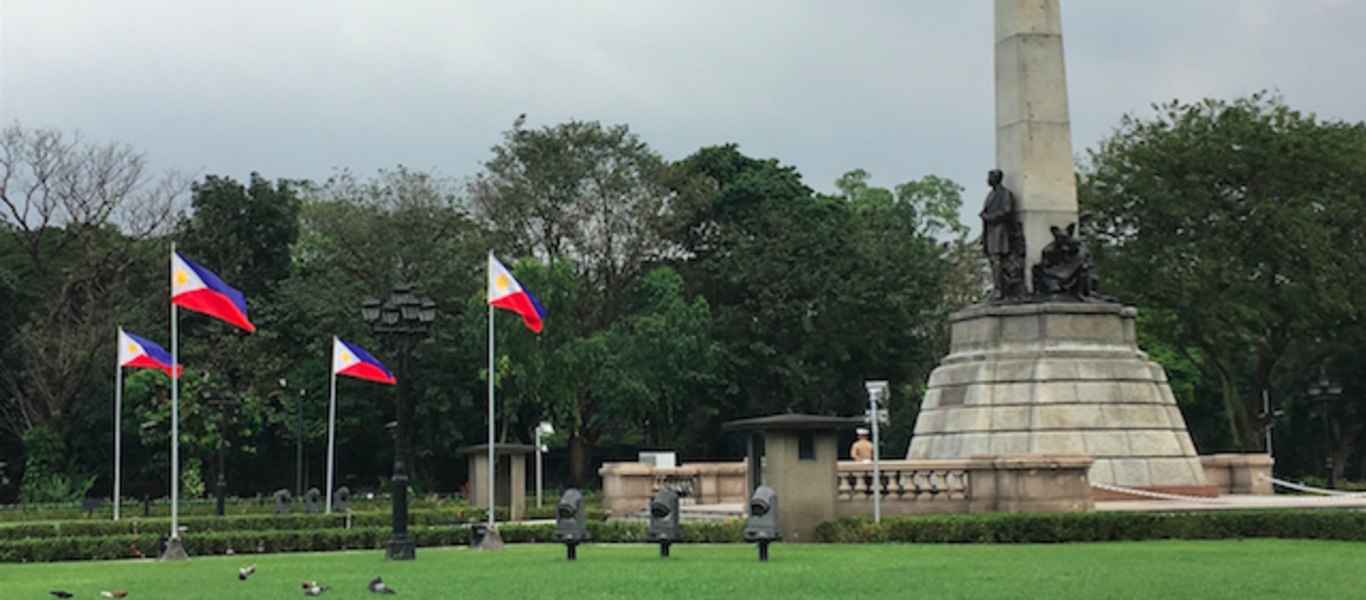Whenever I drive by Luneta along Roxas Boulevard and see the peacefully sprawling park displaying the iconic monument of our National Hero, the last thing that comes to mind are the horrors that occurred here centuries before. This place used to be called Bagumbayan Field. It was infamous for public executions, where over a hundred political enemies of Spain were killed from 1823 to 1897. Other than Dr. Jose Rizal, who was shot dead in 1896 by an 8-man squad of Filipino riflemen of the Spanish Colonial Army, the GomBurZa Martyrs were also executed here. On February 17, 1872, three Filipino priests: Fathers Mariano Gomez, Jose Burgos & Jacinto Zamora, were killed by garrote (strangulation) for their involvement in the Cavite Mutiny--an uprising of 200 laborers against Spanish military personnel in Fort San Felipe. And as history shows us, the significant deaths of these patriots sparked Filipino Nationalism that eventually led to the Philippine Revolution-- and if you take the time to actually stroll through this National Park (which is one of the largest urban parks in Asia), you will get to see (and appreciate) the markers that honor these men of courage, along with several busts of the heroes who fought for our freedom against the oppressive Spanish regime.
After the GomBurZa Priests and Rizal were killed, they were respectively buried in Paco Cemetery--which was initially meant for the aristocratic Spanish families of Intramuros who died from the cholera epidemic in the early 1800s. But as the cemetery expanded over the years, Filipinos were able to pay for the niches (which cost P20 for three years & subject to renewals since no one could own these long-term). Rizal was secretly interred here after his execution, but after 2 years, his remains were dug up and kept by his family in an urn at home --and later on enshrined in Luneta on December 30, 1912.
Meanwhile, interment at the Paco Cemetery stopped also in 1912, as the remains of those buried here were exhumed and transferred to other cemeteries in Manila--and this once hallowed ground became a recreational garden. It was declared a National Park in 1966, and a National Historical Shrine in commemoration of the centennial of the Philippine Independence in 1998. Here, you will also see special memorials for GomBurZa and Rizal, along with the quaint Chapel built by the Dominicans. It is no wonder why this noteworthy place has become a popular venue for weddings, receptions & concerts.
This summer, we should all take a break from the concrete jungle and take a walk in the park within the city—ideally, one of our National Parks. Let’s go with MY LOCALITE!

Note: Your comment will be visible after admin approval